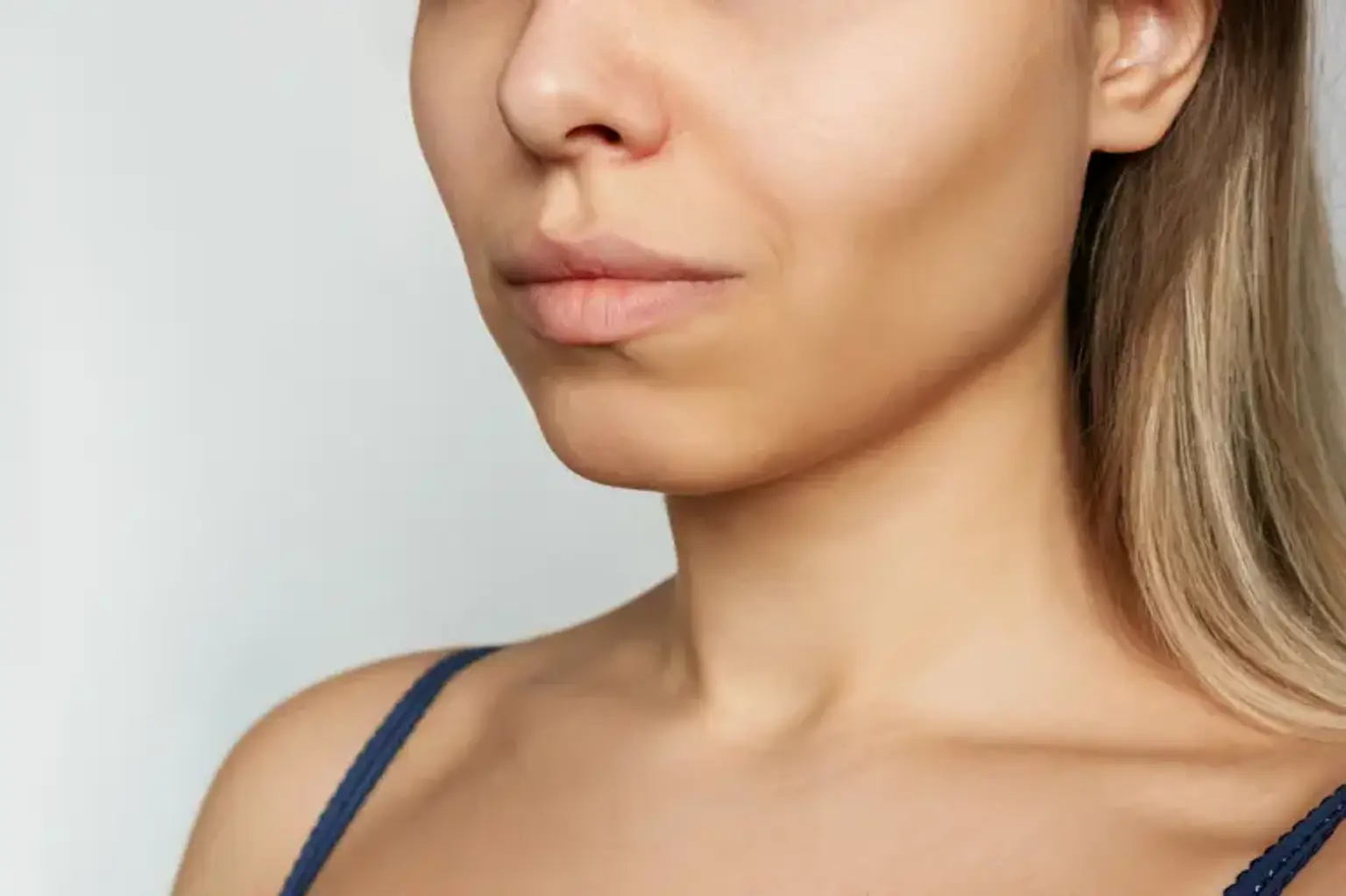Introduction
Buccal fat pad excision is a popular cosmetic procedure designed to create a more sculpted, youthful appearance by removing excess fat from the cheeks. As facial contouring becomes increasingly sought-after, especially in Korea, many people are turning to this procedure to achieve a slimmer, more defined face. But how do you know if buccal fat removal is the right choice for you? In this article, we’ll explore the benefits, risks, and what you need to consider before deciding whether buccal fat excision is the right procedure for you.
What is Buccal Fat Pad Excision?
Buccal fat pad excision, often referred to as buccal fat removal, is a surgical procedure that targets the buccal fat pads—small pockets of fat located in the lower cheeks. These fat pads are naturally present in everyone, but in some individuals, excess fat in this area can lead to a rounder or fuller face. By removing a small amount of this fat, surgeons can enhance facial contours, making the face appear slimmer and more defined.
Unlike liposuction, which removes fat from multiple areas of the body, buccal fat removal specifically addresses the cheeks. This procedure is particularly effective for individuals with a fuller face due to excess fat, helping to create a more contoured look by accentuating the cheekbones and jawline.
Who is a Good Candidate for Buccal Fat Pad Excision?
Buccal fat removal is ideal for individuals with a round or chubby face who are looking for a permanent solution to achieve a slimmer facial contour. Good candidates are typically in good overall health, have realistic expectations, and are looking for long-lasting results.
